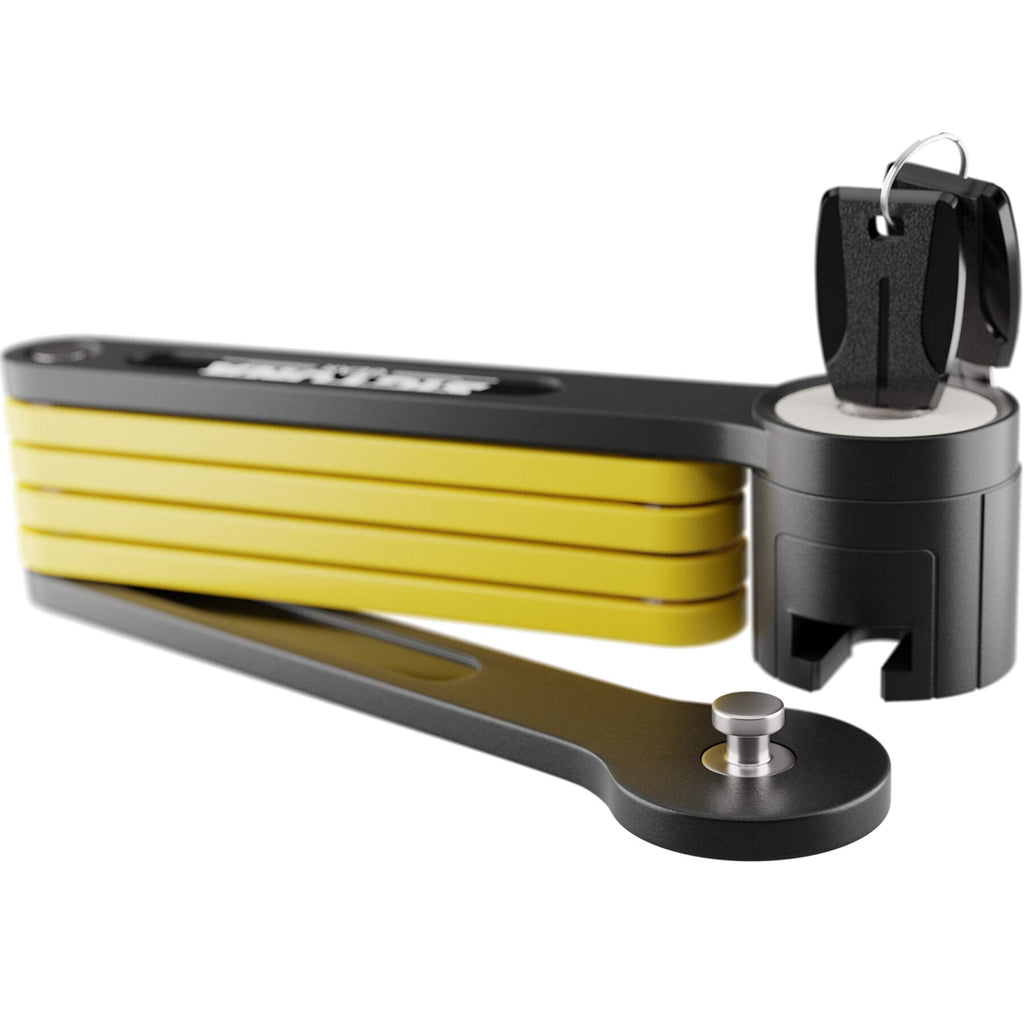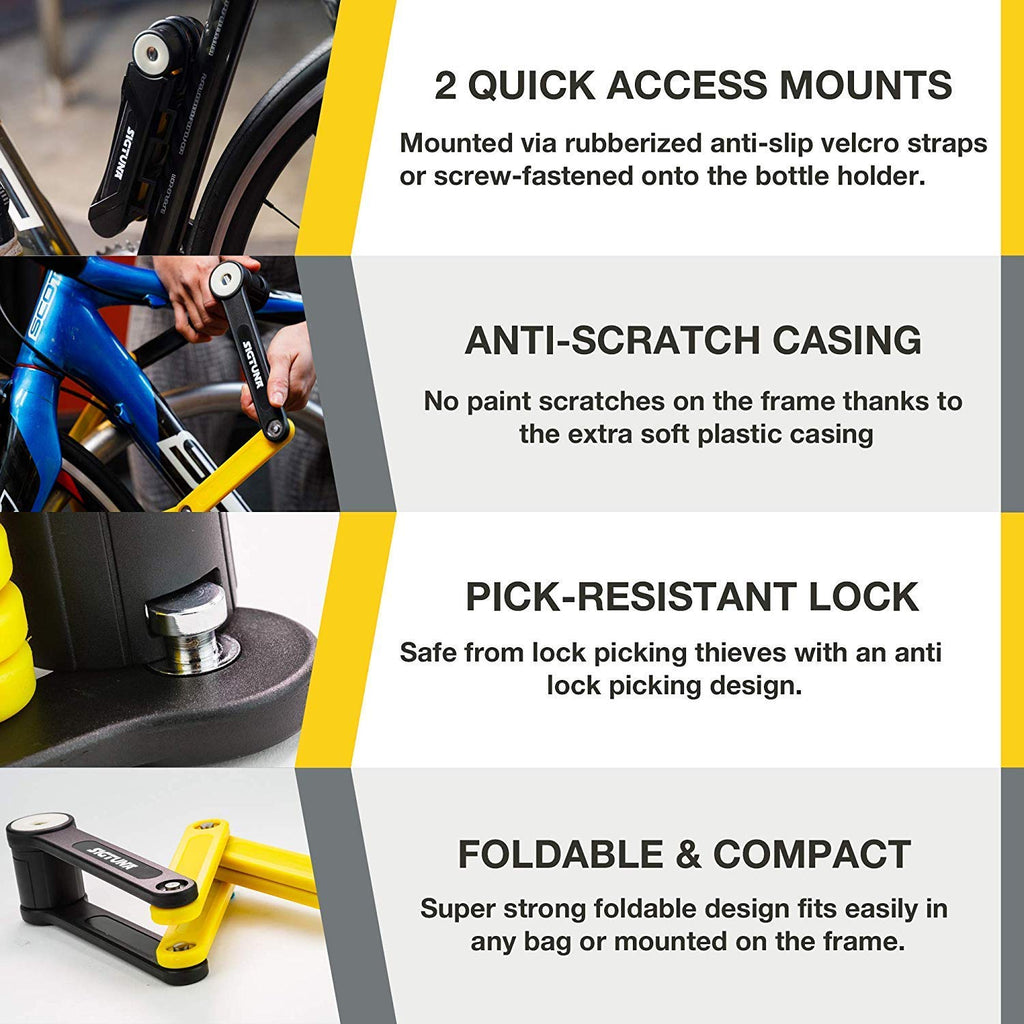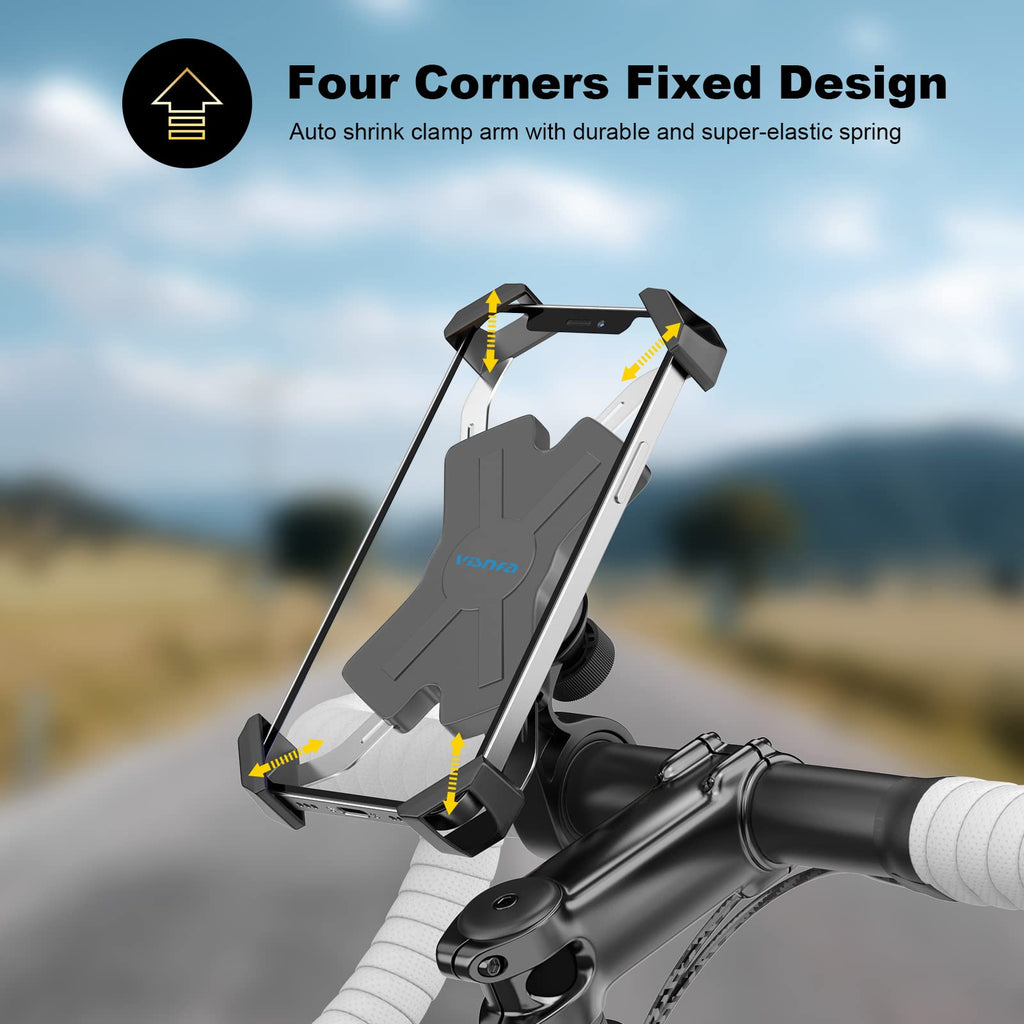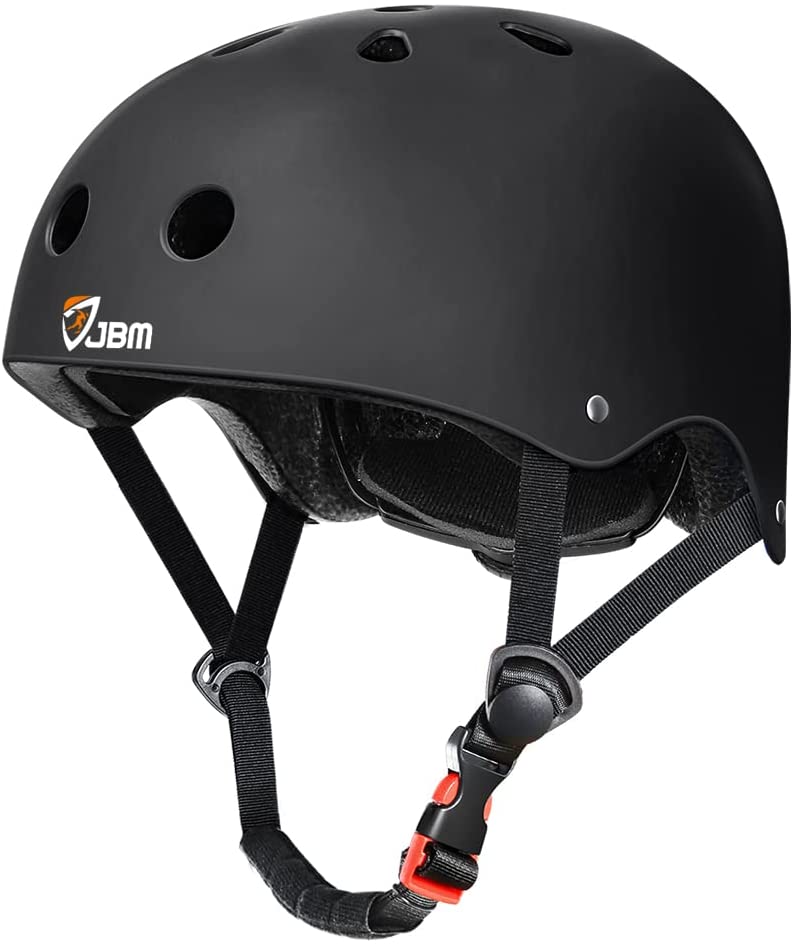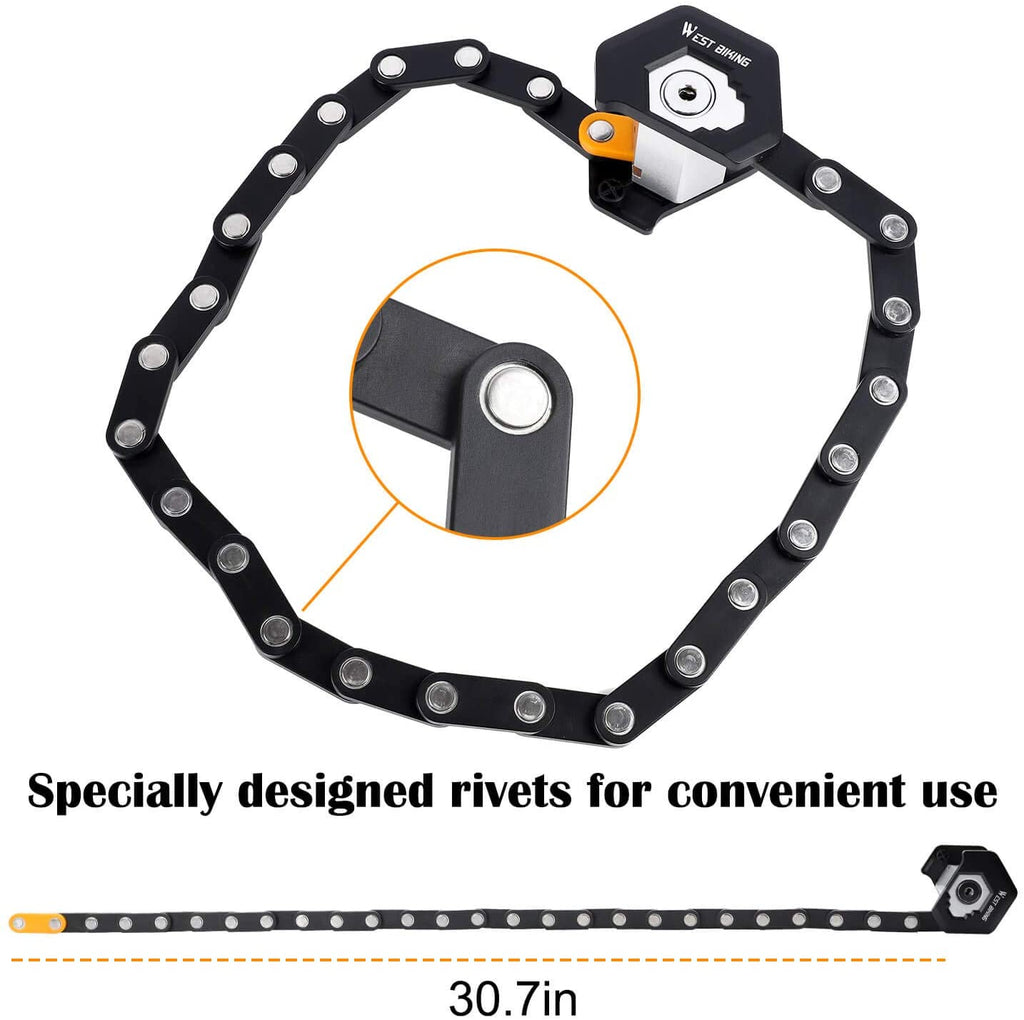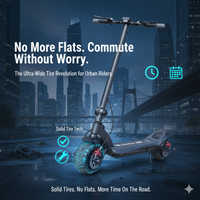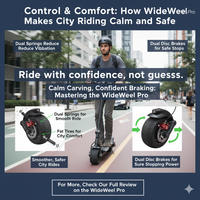30 MPH Electric Scooters vs Cars: When a Scooter Wins
Introduction:
For journeys of less than 10 miles (≈16 km), a 30 mph (~48 km/h) e-scooter can surpass a car in actual time, particularly in congested urban areas or where parking is difficult. It’s a quiet rebellion against gas, gridlock, and parking tickets, with no time wasted searching for a spot and costs amounting to just pennies per mile.
As climate change accelerates, the need for eco-friendly and sustainable transportation is more urgent than ever. Over the years, electric scooters have emerged as a practical alternative to traditional commuting.
Unlike fuel-powered vehicles, e-scooters produce zero greenhouse gases like CO2, making them a 100% environmentally friendly choice. But if you're an eco-conscious rider, you might be surprised to learn that 30 mph electric scooter are the most sustainable option available. Choosing these e-scooters over cars is a bold step toward a cleaner, greener, and healthier future.
In this guide, we’ll explore how electric scooters over 30 mph contribute to environmental sustainability.
👉 Want to know more about 30-mph e-scooters? Check out: The Ultimate Guide to Buying a 30-MPH E-Scooter.
What Qualifies as a 30 MPH Electric Scooter? Maximum Speed vs. Actual Speed
An electric scooter that reaches 30 mph (~48 km/h) is positioned at the upper end of the commuter-performance range. Manufacturers indicate a maximum speed of 30 mph, but in practice, cruising speeds usually average about 25–28 mph, influenced by factors such as rider weight, terrain, and tire pressure.
Who Purchases These Scooters?
These scooters are favored by:
- People who commute to the city and need to make 3–10-mile journeys quickly.
- Riders of greater weight who need more robust frames and motors.
- Riders in mountainous urban areas where torque is important.
- Anyone in search of a car alternative that has reduced operating costs.
Eco-Friendly 30-MPH Scooters (What “Cleaner” Really Means)
1. Game-changing Reduction in Carbon Emissions
Cars: Fuel-powered cars are a leading cause of carbon emissions, releasing harmful gases like sulfur dioxide and CO2 into the atmosphere.
Fact: According to the EPA, the average car emits about 4.6 metric tons of CO2 per year.
E-Scooters: E scooters, 30 mph like the Wide Wheel Pro, produce zero direct carbon emissions and significantly reduce the overall carbon footprint of urban transportation. For those seeking even more power, the high-performance 1000 Watt electric scooter offers an extra boost in speed and efficiency.
Research: In Paris, e-scooters save approximately 330 tons of carbon emissions per year. Additionally, studies indicate that 45% of short car trips in major cities could be replaced by e-scooters.
Impact: E-scooters emit just 35-67 grams of CO2 per km over their lifetime, compared to petrol cars that emit 200-350 grams per km.
Cost per Mile: Scooter vs Car (Real Life Example)
Scooter Running Costs:- Electricity: ~30 Wh/mi × $0.15/kWh = ~$0.005/mi
- Maintenance: Low (e.g., brake pads, tires ~$50/year)
- Insurance: Typically, optional or unnecessary
- Gasoline: ~$0.15–$0.20/mi
- Parking: $2–$10/day in many urban areas
- Maintenance: Oil changes, tires, filters, brakes
Moreover, you can calculate the carbon emissions through a carbon calculator.
2. Unmatched Energy Efficiency
Cars: Traditional cars rely on internal combustion engines, which burn fossil fuels inefficiently. Cars also weigh between 2,000 and 4,000 pounds, requiring more energy.
E-Scooters: 30 mph electric scooters offer impressive performance, like the Zero 9, a 30 mph electric scooter, making it an ideal choice for urban commuters. Mantis 8 is far more energy-efficient than cars. Their lightweight design, typically 20 to 100 pounds, means they consume far less power.
Fact: A 30-mph e-scooter requires only 0.3 kWh of energy per km, while the electricity needed to charge one ranges from 0.5 to 1 kWh.
Comparison: Research shows that e-scooters are about 6 times more energy-efficient per mile than cars.
3. Drastically Reduce Air Pollution
Cars: Vehicles contribute significantly to air pollution, making urban air quality worse, especially in high-traffic areas.
Fact: Over 40% of Americans live in areas with dangerously high levels of air pollution due to transportation emissions (2022 State of the Air report).
E-Scooters: By replacing short car trips with e-scooters, cities can experience a 15-20% reduction in short-distance car travel, improving overall air quality.
Zero Tailpipe Emissions: Unlike gas-powered vehicles, e-scooters operate entirely on electricity, eliminating harmful exhaust emissions.
Noise Pollution: E-scooters operate at 40-50 dB, compared to cars that produce 70-90 dB, helping reduce urban noise pollution.
4. Eco-Friendly Manufacturing for a Sustainable Future
Cars: Car production is resource-intensive, requiring vast amounts of steel, petroleum-based plastics, and synthetic rubber.
Fact: The steel industry alone is responsible for 7% of global CO2 emissions.
E-Scooters: Many 30-mph e-scooters like Mantis 10 Lite and Mantis X Plus are built using recyclable materials like aluminum and lithium-ion batteries.
Sustainable Components: Electric scooter motors contain copper wires and magnets, which can be recycled with over 90% efficiency, reducing the need for new mining (U.S. Department of Energy).
Research: Using recyclable materials in e-scooter production reduces carbon emissions by at least 9 tons per unit compared to traditional car manufacturing.
5. Reducing Fossil Fuel Dependence
Cars: The transportation sector heavily relies on fossil fuels, contributing to climate change.
Fact: Traditional transportation consumes 60% of the world’s oil supply (U.S. Energy Information Administration).
E-Scooters: The growing adoption of electric scooters and EVs has led to a 7% decline in gasoline and diesel demand in major urban areas (EPA report).
Projection: By 2030, e-scooters are expected to displace 2.5 million barrels of oil per day (Bloomberg NEF).
| Model | Top Speed | Real-World Range | Motor Power | Best For | Eco-Friendly Features |
|---|---|---|---|---|---|
| Zero 9 | 30 mph (48 km/h) | 25–30 miles | 600W rear motor | Urban commuters, daily rides | Lightweight build, low power use |
| Mantis 10 Lite | 31 mph (50 km/h) | 30–40 miles | Dual 1000W motors | Long-range commuters, balanced performance | Recyclable aluminum frame, lithium-ion battery |
| Mantis X Plus | 31 mph (50 km/h) | 35–45 miles | Dual 1000W motors | High-performance eco riders | Energy-efficient, recyclable components |
| Mercane Wide Wheel Pro | ~26 mph (42 km/h) | 22–30 miles | Dual 500W motors | Style-focused city riders | Compact design, zero direct emissions |
| Mantis 8 | 25 mph (40 km/h) | 25–33 miles | Dual 800W motors | New riders, lighter commutes | Minimal power draw, low manufacturing footprint |
Conclusion
Choosing a 30-mph e-scooter is more than just a commuting decision; it’s a commitment to a cleaner planet. These scooters help reduce carbon footprints, lower pollution levels, and conserve natural resources, making them the ultimate eco-friendly travel option.
